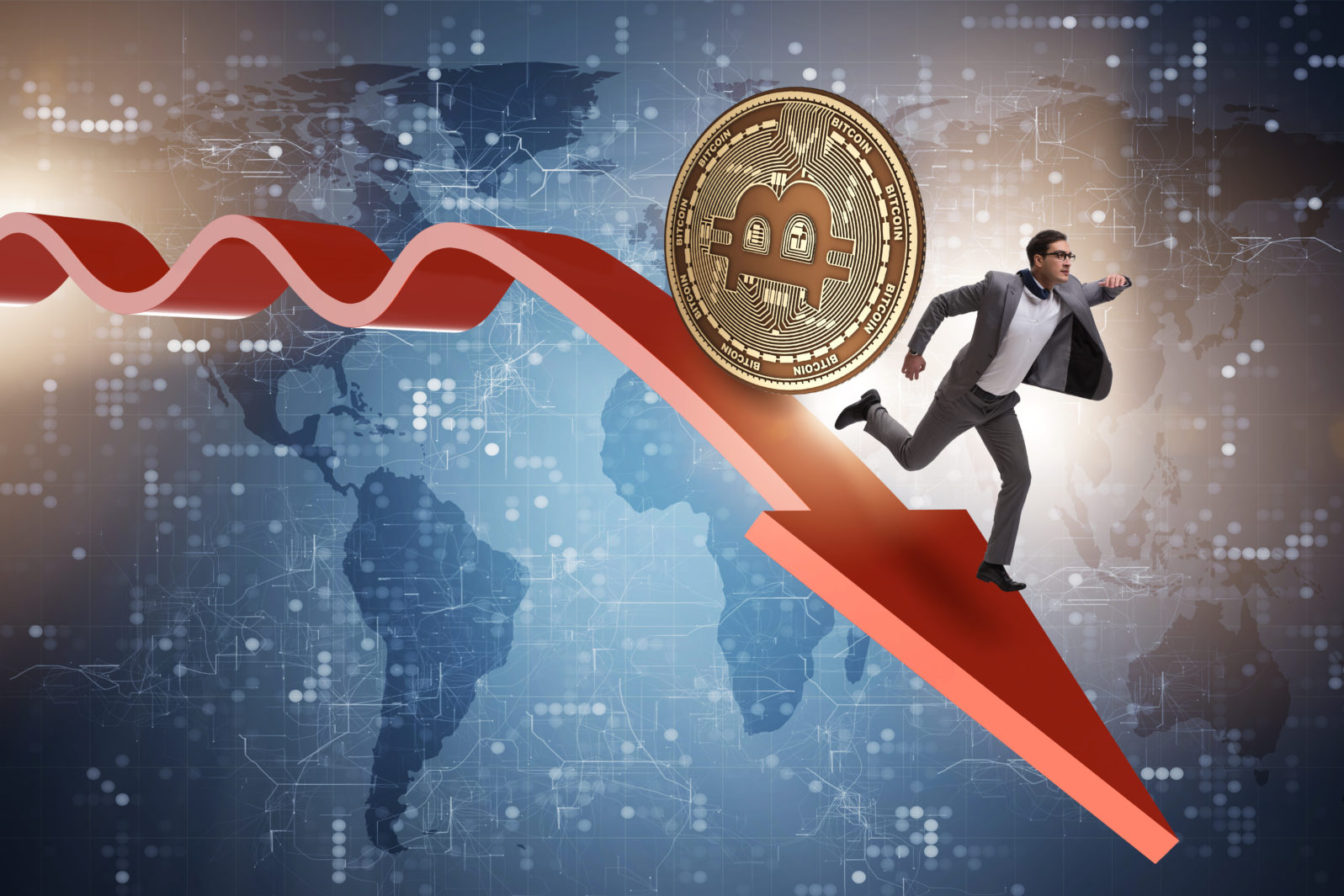FTX Implosion: There Are Warning Signs from Binance
The CEO of Binance fundamentally misrepresented the character of the firm's engagement of the Mazars auditing firmSince the implosion of FTX, many have been watching cryptocurrency exchange Binance to see if it might be the next crypto firm to face a liquidity crunch. While the CEO of Binance, known in the crypto world as CZ (Changpeng Zhao), has assured investors and depositors that the firm is financially sound, many of its recent moves have left observers wondering if there is more to the story.
The Audit that Wasn’t
The first major red flag was the “audit.” Binance has long been criticized for failure to provide audited financial statements. Because it is not a public company, an audit is not a legal requirement. Nonetheless, many crypto watchers view the failure to have an external audit as evidence of concern about possible outcomes.
On December 7, Binance put out a tweet announcing, “Audited proof of reserves. Transparency. #Binance.”
Audited proof of reserves. Transparency. #Binance https://t.co/IClZxTYaWp
— CZ 🔶 Binance (@cz_binance) December 7, 2022
It linked to a TechCrunch article discussing Binance’s collateral for its Bitcoin reserves. However, this was not in any way an audit. In accounting, there are audits, reviews, and “agreed-upon procedures. In an audit, the auditing firm is providing reasonable assurance that the financial statements are free from error. In a review, the auditing firm interviews personnel and checks for plausibility of the financial statements. In an agreed-upon procedure, only very specific areas of the balance sheet are being tested, and the firm performing the procedure provides no assurance that there are not misstatements. What actually happened in this case was an agreed-upon procedure by the accounting firm Mazars to validate certain items on Binance’s balance sheet.
According to Mazar’s own statement: “We make no representation regarding the appropriateness of the AUP. This AUP engagement is not an assurance engagement. Accordingly, we do not express an opinion or an assurance conclusion. Had we performed additional procedures, other matters might have come to our attention that would have been reported.”
While some aspects of Binance’s claims have been verified by this agreed-upon procedure, there is no assurance that an audit would not reveal wider issues. In other words, the CEO of Binance fundamentally misrepresented the character of the engagement. He appears to have called it an “audit” simply because the TechCrunch article listed Mazars as an auditing firm.
Warnings Against Self-Custody
The third red flag is that the Binance CEO is pushing the narrative that self-custody of crypto assets is dangerous. While it is true that there are practical issues with self-custody of crypto, there has been a history in the crypto world of CEOs trying to push crypto assets onto exchanges when they have liquidity problems.
If you’re not familiar with the difference, in self-custody, you are a direct participant in the blockchain. You have your own cryptographic keys which you use yourself to sign transactions. In an exchange, the exchange handles all of that for you. Essentially, the exchange makes crypto “easy,” very similar to a stock trading platform. The problem, however, is that none of the assurances of blockchains are present when you host your wallet with an exchange. Many of the now-defunct crypto exchanges were misusing customer assets. Exchanges can’t do this with self-custody. In previous collapses, crypto exchanges were giving warnings about the problems of self-custody. Why? Because if they are having balance sheet problems, having more deposits in the exchange allows them more breathing room with their finances.
Incentivizing On-Exchange Storage
In addition to warning about self-custody of crypto assets, Binance has been increasing the rewards for users that deposit into their savings accounts. Last month, Binance Earn announced heavily increased percentage rates for savings deposited with them. In other words, they are paying people more money just to store their exchange assets for them. This often happens (even in the traditional finance world) when a company needs deposits. It increases the amount of money it is paying users so as to keep that money on the balance sheet.
Recent Sudden Outflows from Binance
Over the last few days there has been a sudden outflow of deposits from Binance. On December 13, there were over $1 billion in withdrawals in just under 24 hours. This indicates that some investors are losing confidence, especially in the wake of the FTX collapse.
In all, Binance has behaved in ways that raise several red flags about its business operations, but there is nothing conclusive. CZ has said that “there is no amount of withdrawals that would put us under pressure.” Lacking a full audit of financials, it all comes down to how much trust we should place in the CEO’s statements.
